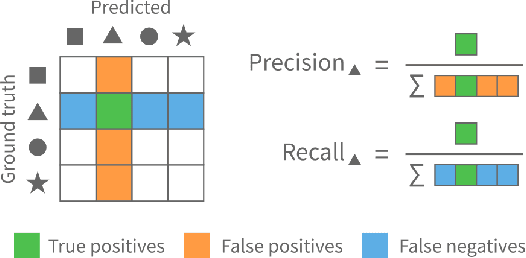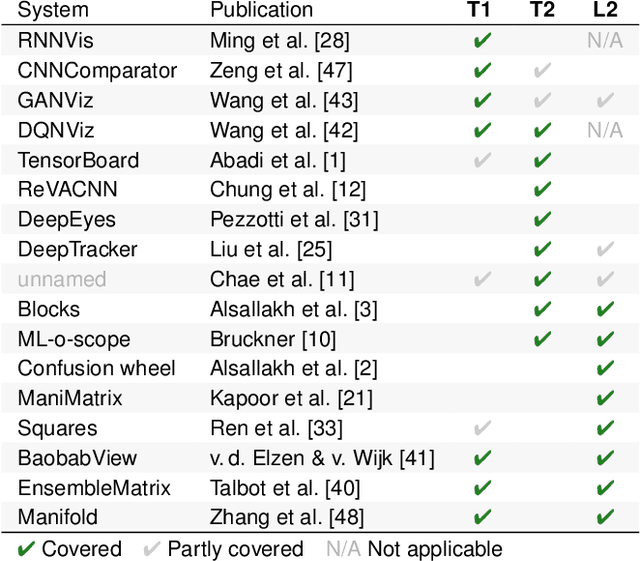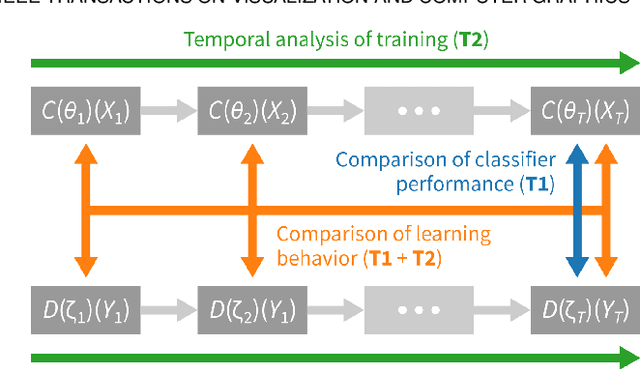Martin Ennemoser
Scalable Discrete Diffusion Samplers: Combinatorial Optimization and Statistical Physics
Feb 12, 2025Abstract:Learning to sample from complex unnormalized distributions over discrete domains emerged as a promising research direction with applications in statistical physics, variational inference, and combinatorial optimization. Recent work has demonstrated the potential of diffusion models in this domain. However, existing methods face limitations in memory scaling and thus the number of attainable diffusion steps since they require backpropagation through the entire generative process. To overcome these limitations we introduce two novel training methods for discrete diffusion samplers, one grounded in the policy gradient theorem and the other one leveraging Self-Normalized Neural Importance Sampling (SN-NIS). These methods yield memory-efficient training and achieve state-of-the-art results in unsupervised combinatorial optimization. Numerous scientific applications additionally require the ability of unbiased sampling. We introduce adaptations of SN-NIS and Neural Markov Chain Monte Carlo that enable for the first time the application of discrete diffusion models to this problem. We validate our methods on Ising model benchmarks and find that they outperform popular autoregressive approaches. Our work opens new avenues for applying diffusion models to a wide range of scientific applications in discrete domains that were hitherto restricted to exact likelihood models.
ConfusionFlow: A model-agnostic visualization for temporal analysis of classifier confusion
Oct 02, 2019



Abstract:Classifiers are among the most widely used supervised machine learning algorithms. Many classification models exist, and choosing the right one for a given task is difficult. During model selection and debugging, data scientists need to asses classifier performance, evaluate the training behavior over time, and compare different models. Typically, this analysis is based on single-number performance measures such as accuracy. A more detailed evaluation of classifiers is possible by inspecting class errors. The confusion matrix is an established way for visualizing these class errors, but it was not designed with temporal or comparative analysis in mind. More generally, established performance analysis systems do not allow a combined temporal and comparative analysis of class-level information. To address this issue, we propose ConfusionFlow, an interactive, comparative visualization tool that combines the benefits of class confusion matrices with the visualization of performance characteristics over time. ConfusionFlow is model-agnostic and can be used to compare performances for different model types, model architectures, and/or training and test datasets. We demonstrate the usefulness of ConfusionFlow in the context of two practical problems: an analysis of the influence of network pruning on model errors, and a case study on instance selection strategies in active learning.
 Add to Chrome
Add to Chrome Add to Firefox
Add to Firefox Add to Edge
Add to Edge